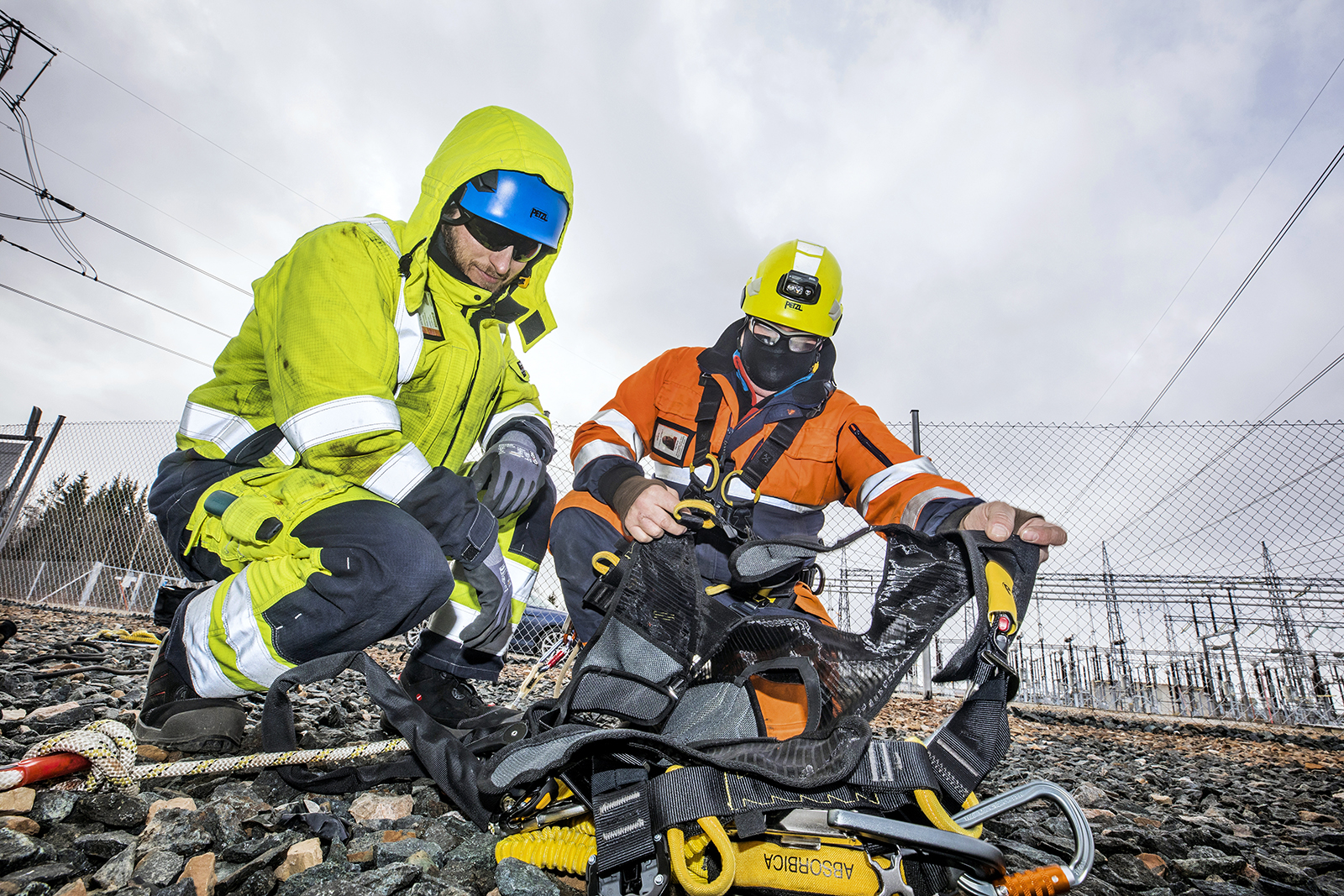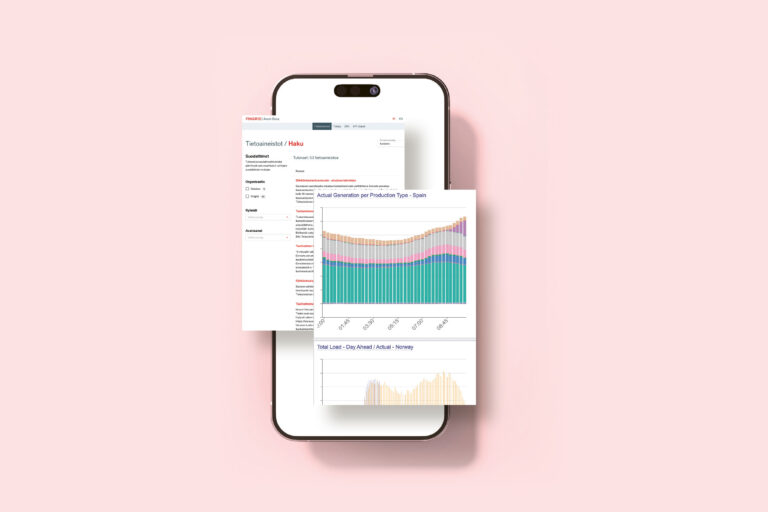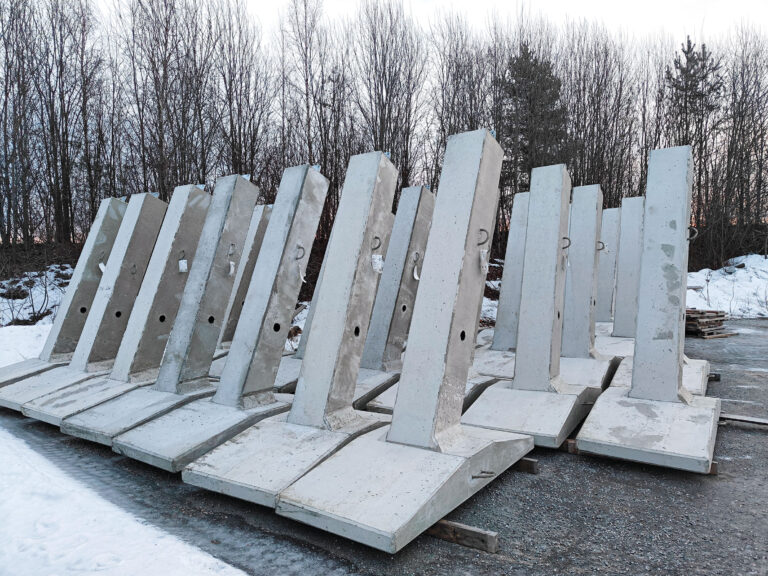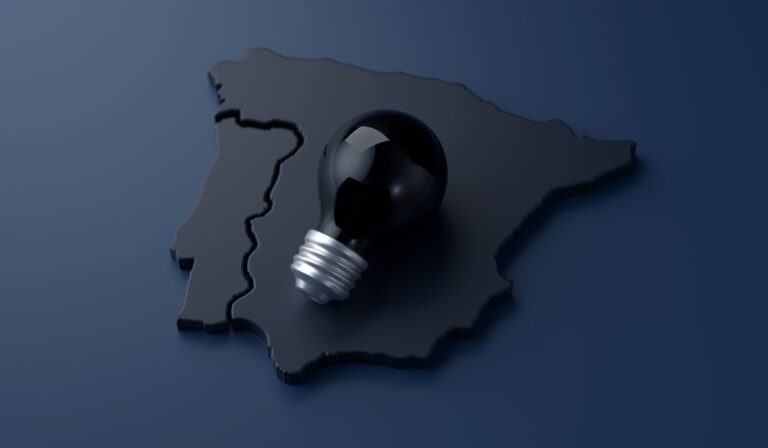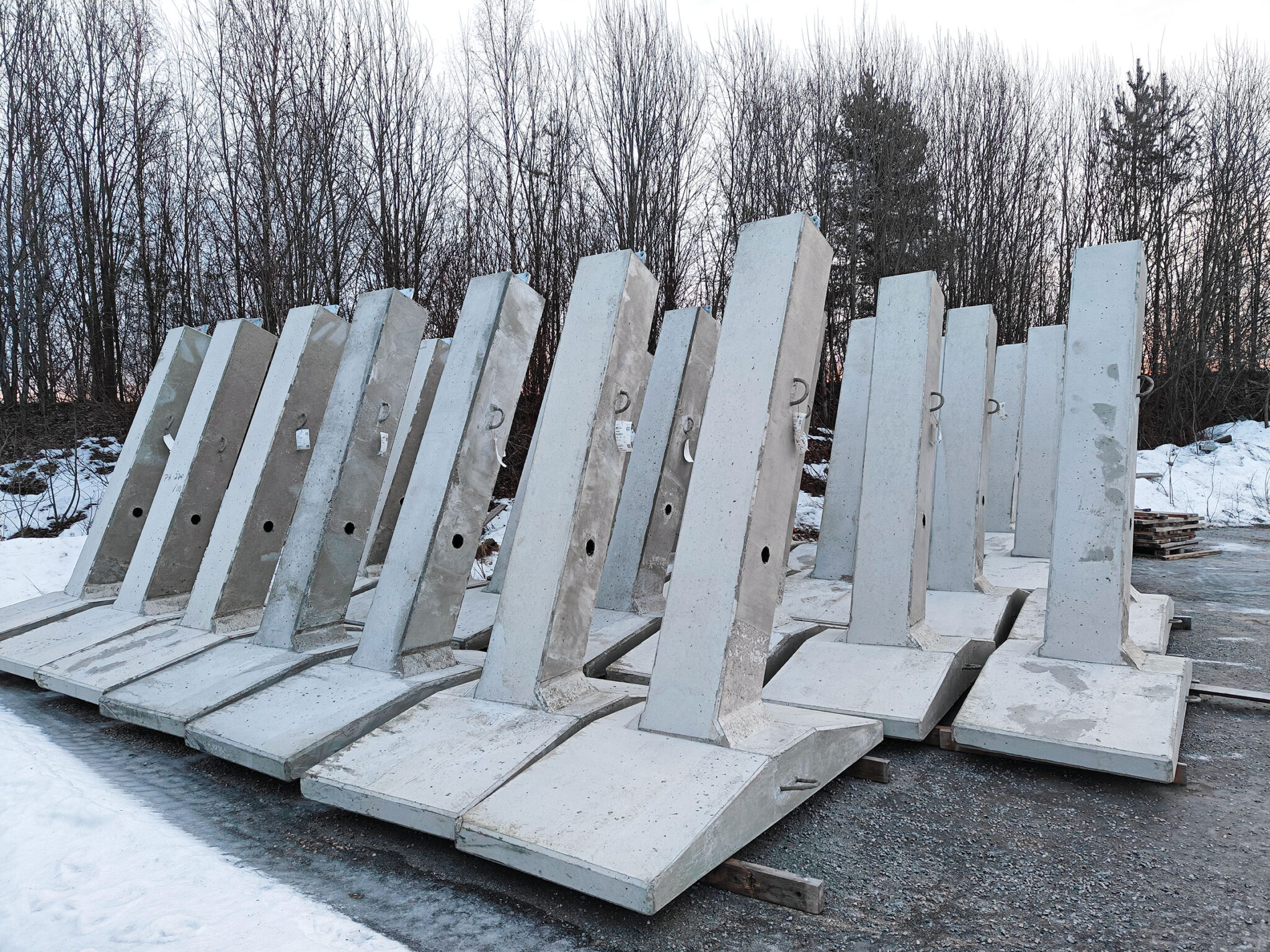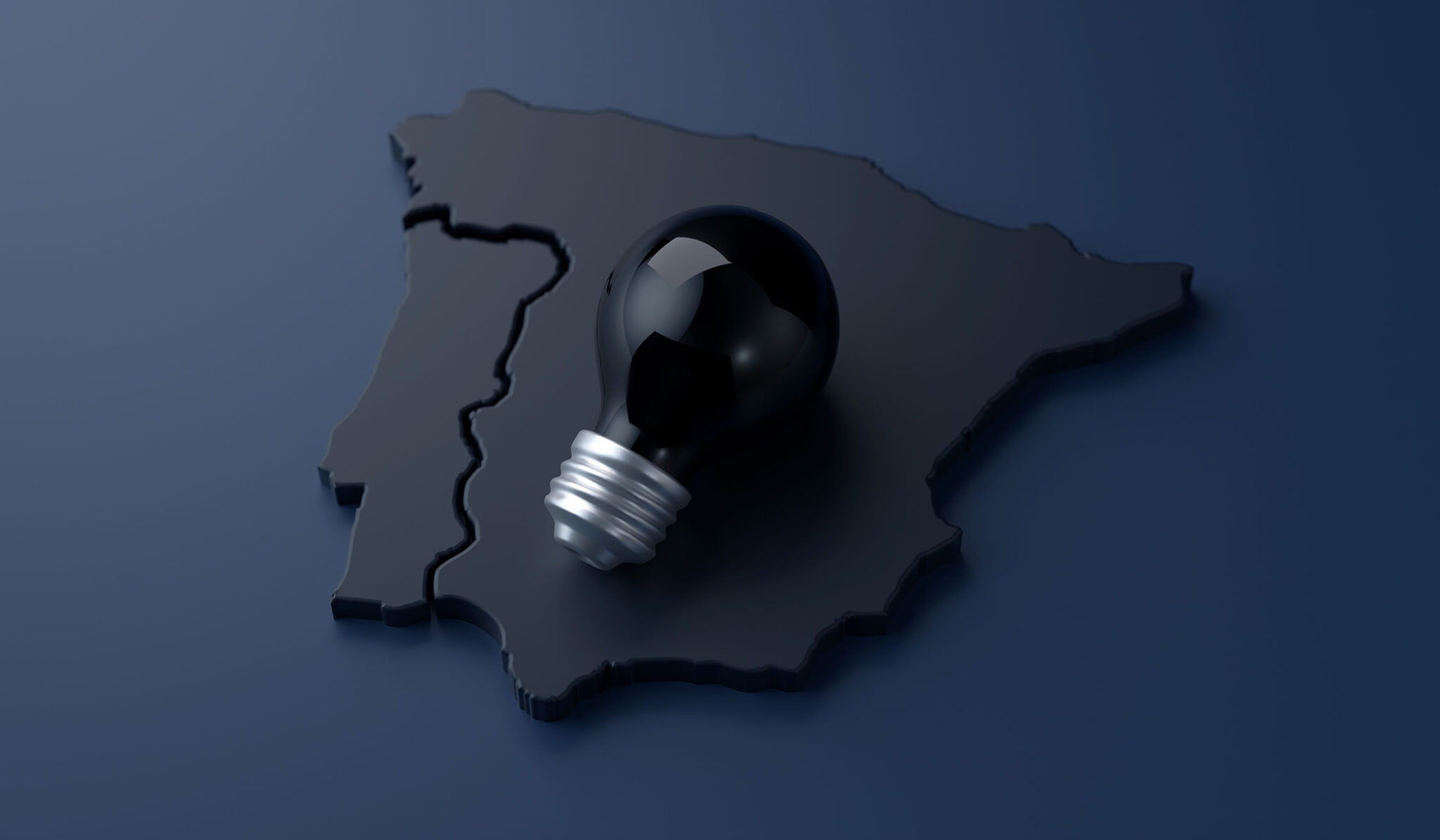Fingrid initiated an occupational safety project in spring 2021, focusing on work at height at substations. The first step was to conduct trial climbs, which take place at a total of six substations during this year. Among these are an air-insulated switchgear, a GIS station and an HVDC station. The aim is to analyse the various climbable structures in as much depth as possible.
“The project seeks to identify best practices for us to pass on. We are also analysing areas for improvement,” says Timo Heiskanen, Manager, Substation Management at Fingrid.

The trial climbs involve activities such as climbing onto the top of a main transformer using a ladder and identifying safe ways of using existing structures. At the same time, the needs for improvements to the structures will be analysed to determine if there are enough anchorage points for fall protection and whether they are in the correct places. It is not necessary to climb onto every structure because certain installations can be inspected from the ground or by using a personnel lift.
If there are any obvious safety issues, a plan should be made to rectify them.
“It is essential to get service providers involved in development work, as we all share the goal of working safely.”

Specialist creates safer solutions
Kärnä Oy specialises in training employees to work at height where there is a risk of falling. The company has previously arranged training on Fingrid worksites on themes including how to help an injured person down. Esa Kärnä is acting as a consultant on the project focusing on work at height.

When the structures are climbed, the project team will study various solutions for anchoring fall protectors as effectively as possible. The aim is to ensure easy use of the Always Attached method for safe and ergonomic work and movement at height. In addition, the project team will identify the best method for helping an injured person down in the event of an emergency.
Most of the trial climbs will take place in autumn 2021. The Keminmaa substation was climbed in spring, and the work involved ascending by ladder to the block of a series capacitor and carrying out work there.
“At this substation, it is not necessary to make any alterations to the actual structures, but more anchorage points are required when getting off the ladder. Moreover, the locations of the anchorage points when moving to the spark gap housing,” Kärnä says.
John Salonen, an electrician from Omexom who was involved in the trial climb, says that the climb went as expected.
“Climbing is a part of everyday work. The event involved learning about alternative new methods of fall protection which seemed good. It feels good to notice that the client is interested in improving occupational safety.”
During the trial climbs, Kärnä Oy will identify the hazards and assess the risks of the structures. Based on these studies, the company will draft climbing guidelines and, if necessary, propose changes to the climbed structures and anchorage points for fall protection. The report may be used for purposes such as drafting a fall protection plan.

